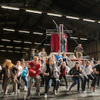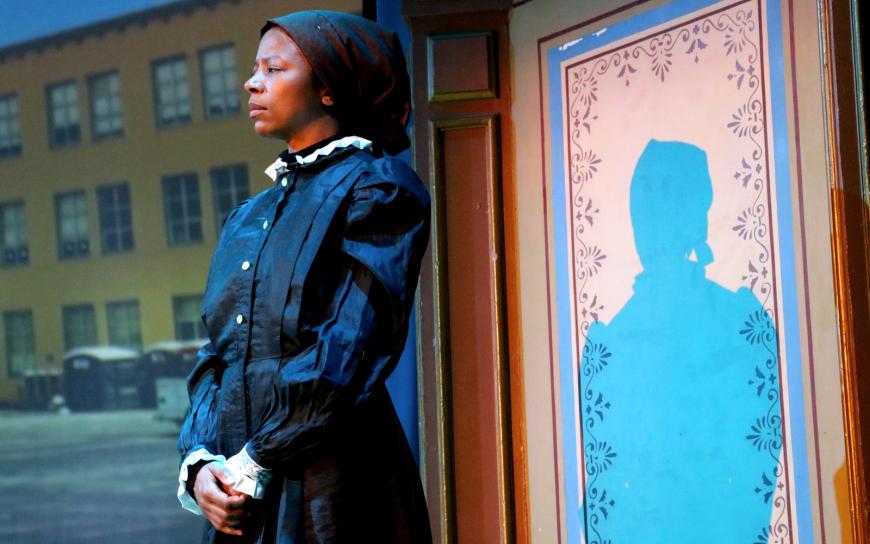
Harriet’s Spirit, Opera Parallèle’s opening production for 2021, is a children’s opera that starts from the same premises as a good children’s book. The story is told through actions, in few words, there’s a strong, underlined message — face your fears, stand up for yourself and others — and the act of reading itself is valorized.
The company, however, left it to Marcus Shelby to do the real heavy lifting, the job of writing an opera score that can appeal to children and be partially performed by children without talking down to them, and while also entertaining adults. That Shelby manages to do this is actually amazing in itself — and the ovation he got as he was introduced before the show, testifies to the word-of-mouth praise that has followed this piece.
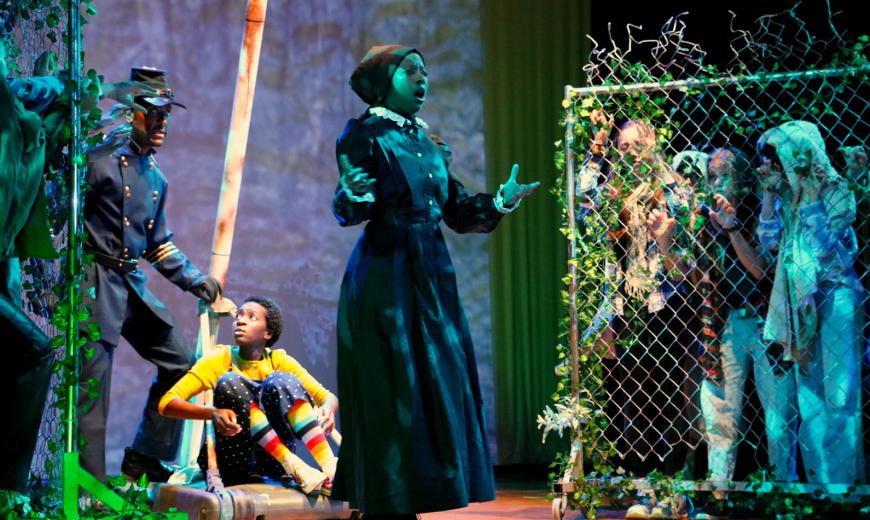
The production seen last weekend (Nov. 14), is actually a revival that was originally staged in 2018, and the venue, the Bayview Opera House, is the location that the San Francisco Girls Chorus and Artistic Director Valerie Saint-Agathe chose to expand their operations, in order to reach more children of color. The three performances sold out, just like the premiere, and the appearance of the Girls Chorus was one reason why. And it was great, as always, to see a racially mixed audience for an opera performance.
In telling the story of a young girl who finds the strength in the example of Harriet Tubman to stand up to bullies, Opera Parallèle’s Education Director Roma Olvera has also grounded the work in history, but a history that also works on the level of myth, since Tubman’s deeds were so heroic and so improbable, that she functions as symbol. She was, after all, the Moses of her people. Olvera doesn’t have to sketch in that character much — knowing what she accomplished is enough.
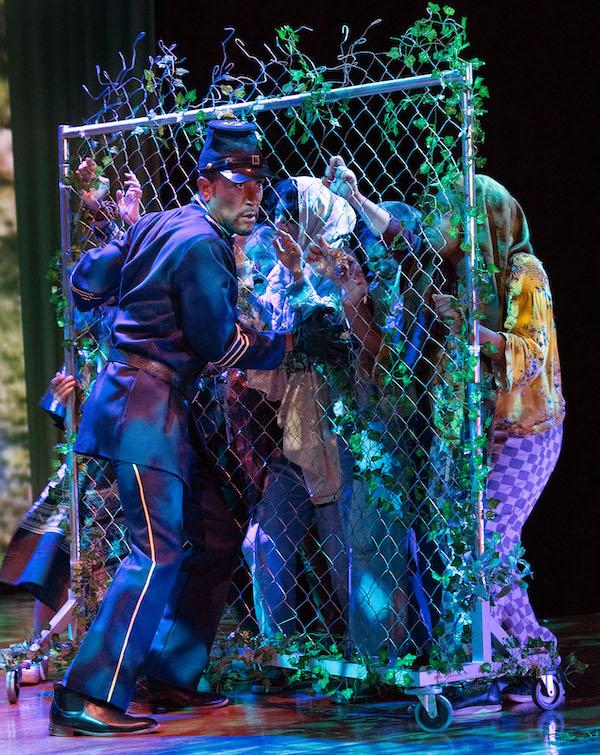
But the opera’s theme has even more resonance as a recurring theme of the Civil Rights Movement; it was, of course, also the theme of Dr. Martin Luther King Jr.’s last speech, in which he exhorted the audience to free themselves from fear and do what needs to be done to free America from racism and economic oppression: “Let us develop a kind of dangerous unselfishness,” he said. And ultimately, the main character, named Modesty (for this is not a subtle opera), discovers the strength to oppose the “Bully Chorus,” not on her own behalf, but to protect a friend, by contemplating Harriet Tubman’s experience: “Love is why I say something/ Love is why I do something.” She’s not a Tubman, but by doing her little bit, she earns respect.
Shelby is best known as a jazz composer, but his musical vocabulary here easily encompasses classical styles. There’s a double bass but no piano or drums, a string quartet and a quintet of wind players, and a percussionist, mainly playing vibes. There are jazz licks and references all over the score, including some emotionally telling blues progressions, but the music is organized into scenes via motifs and ostinatos (the almost-grooves of classical music.) The score is rhythmically animated enough to keep young ears engaged, but it also rises to a lovely duet between Harriet and Modesty near the end that is quintessentially operatic. Shelby doesn’t cheat, he’s forthright.
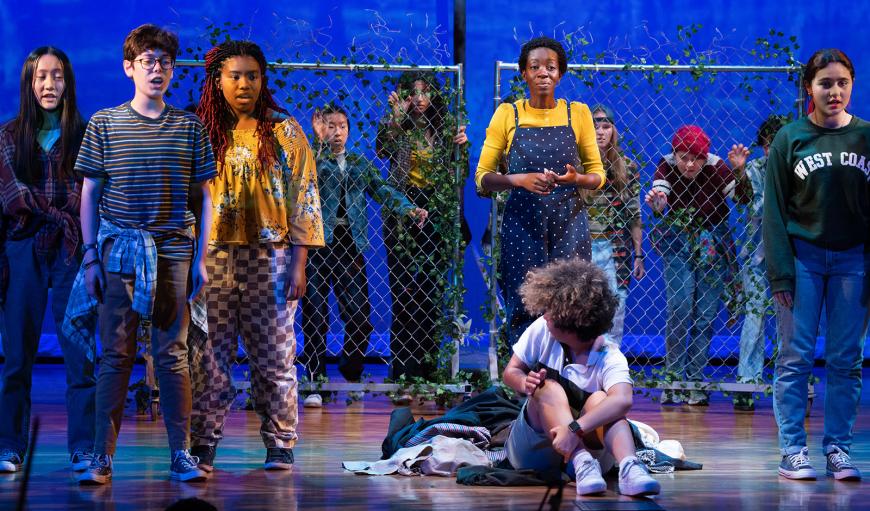
As Harriet, Tiffany Austin’s rich alto was put to excellent use — Shelby has written the part into the sweet area of her voice allowing her to be tough or tender as needed. She sings with a freedom that comes from her jazz experience. As Modesty, soprano Christabel Nunoo rolled out a lovely lyric soprano voice while also darkening it’s color to show fear. It’s hard to play a very young girl at Nunoo’s age, since you don’t physically look the part, but she pulled it off. Bradley Kynard was excellent in the small role of Mr. Montgomery, and the Girls Chorus looked like they were having a ball and sang with their customary precision gusto. L. Peter Callender’s direction was inventive, particularly in his use of Rachel Heiman’s set, and Jaymes Kirksey presided in the pit, leading a clean, well-defined performance. It was 50 minutes well-spent.






